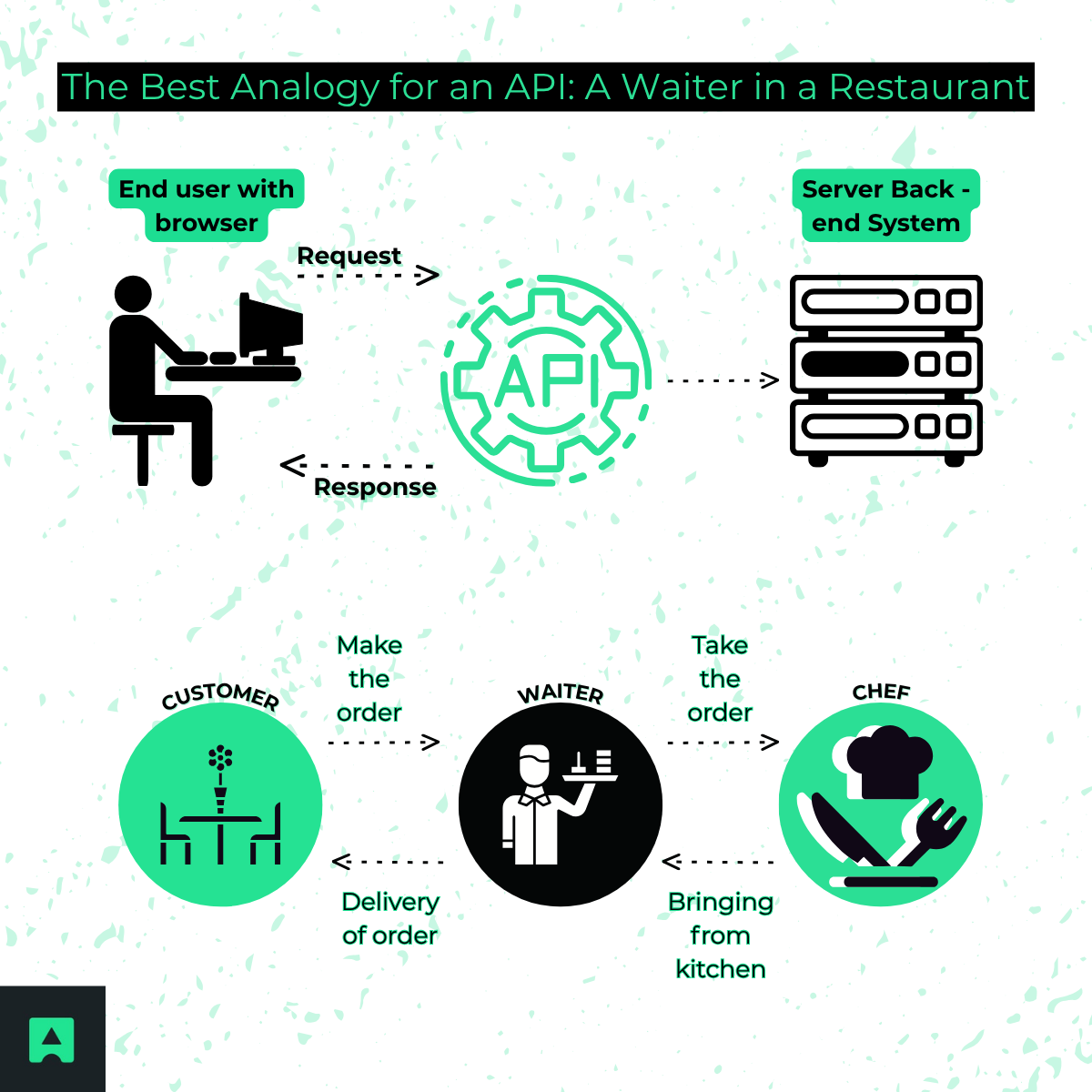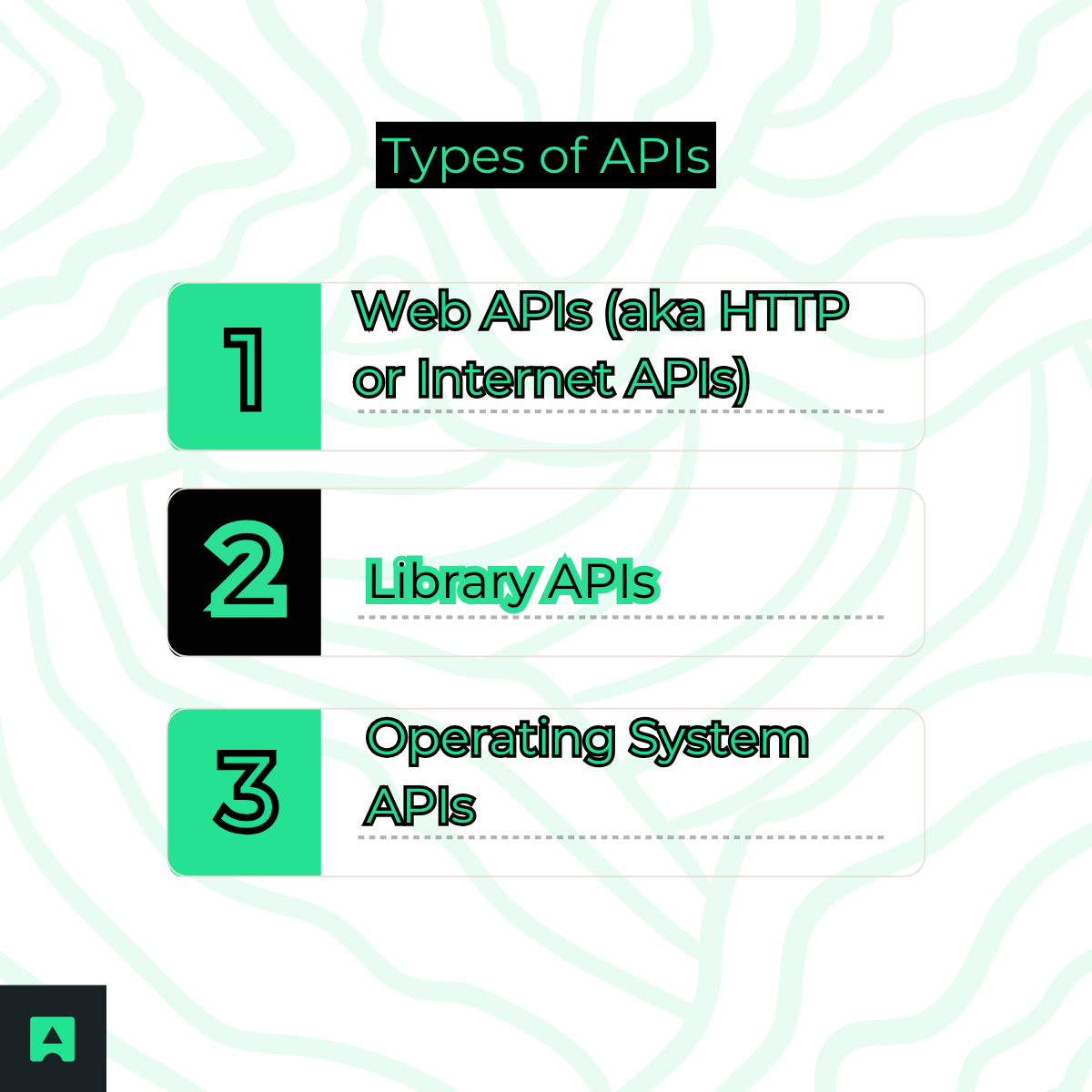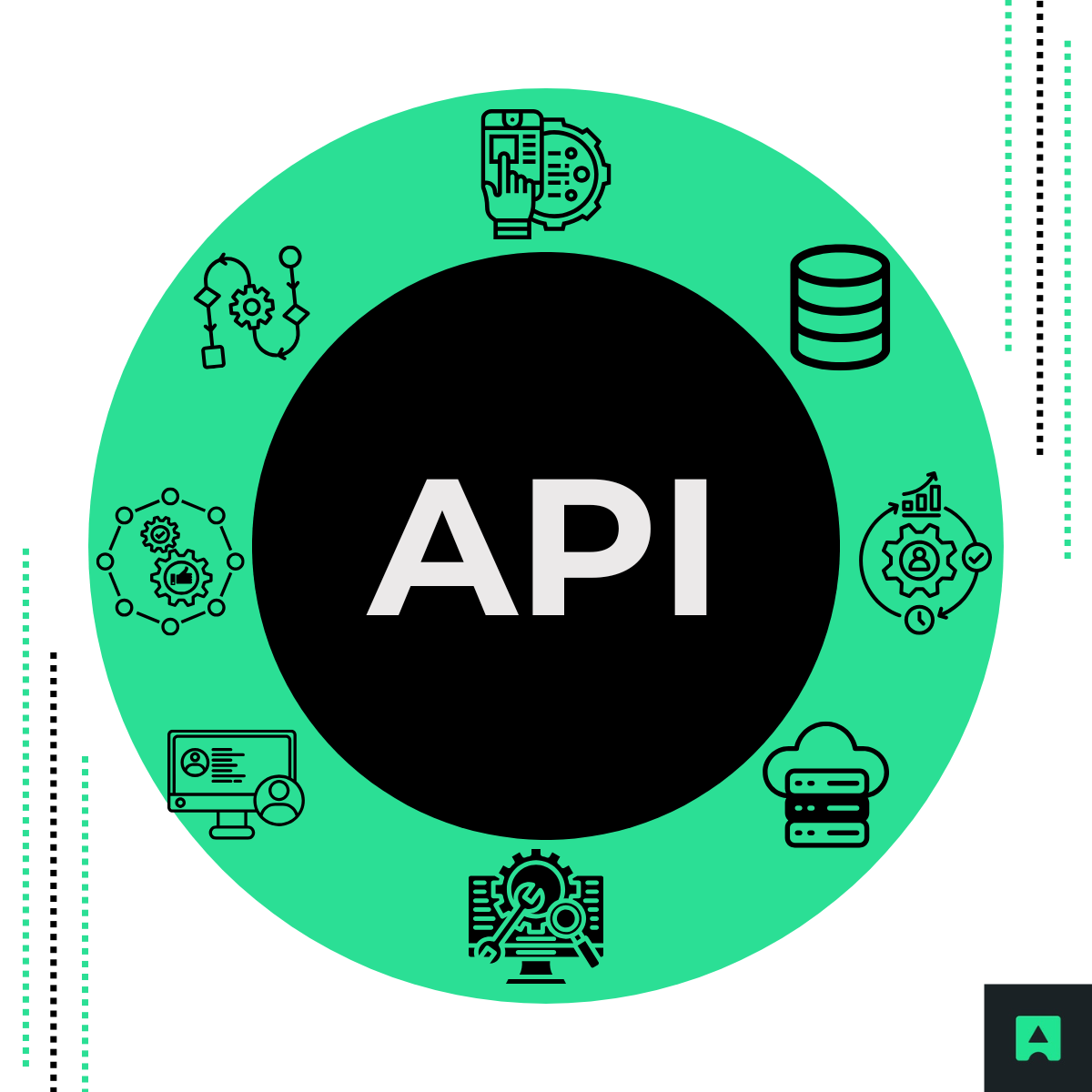What Is an API? The Beginner's Guide to the Web's Hidden Power 🧠
Have you ever wondered how your weather app knows it’ll rain, or how a flight aggregator shows results from dozens of airlines at once? 🤯
These things might seem like magic, but the real secret lies in something called an API.
This article will explain exactly what an API is, how it works, and why it’s so important—all in plain, easy-to-understand language. Whether you're a complete beginner, a student just learning about tech, a curious marketer, or a product manager exploring your first integration, this is your no-jargon intro to APIs. Plus, we’ll walk through real examples from AbstractAPI to make everything feel concrete and useful.
🍽️ The Best Analogy for an API: A Waiter in a Restaurant
Let’s imagine you’re dining at a cozy restaurant. Here's how that simple experience maps perfectly to the concept of an API:

- You = the client application (like an app or website).
- The kitchen = the server, where the logic and data live.
- The waiter = the API, which acts as the middleman.
Step-by-step breakdown:
- You scan the menu to decide what to eat. That’s your “request” in action—it contains what you want.
- You tell the waiter your order. The waiter understands your request and knows how to talk to the kitchen (the server).
- The kitchen prepares the dish, based on your order. You don’t need to see how it’s made or what’s happening behind the scenes.
- The waiter brings the finished dish (the response) to your table.
You never interact with the kitchen directly. You don't need to understand how the chef cooked the dish or where the ingredients came from. All you care about is getting your food. ✅
That’s exactly how APIs work—they handle the communication between two systems, translating your app’s request into something the server understands, and then returning the results, without exposing the complex inner workings.
How Does an API Actually Work? 🛠️
Now that the restaurant analogy makes sense, let’s translate it into simple technical terms. An API (Application Programming Interface) defines a set of rules that allow one software application to interact with another.
Here’s what’s happening under the hood:
1. Request
This is the digital version of your order to the kitchen. The request includes:
- The endpoint: This is the specific web address (URL) where the API listens for requests. Think of it as the restaurant’s address + menu item.
- The method: Tells the API what you want to do. Common HTTP methods include:
- GET: Retrieve data (like fetching the weather).
- POST: Send new data (like submitting a form).
- PUT: Update existing data.
- DELETE: Remove data.
Parameters or query strings: These help you refine your request (e.g., asking for weather data for New York rather than globally).
2. Response
This is what the API gives back after processing the request. It usually comes in JSON format—a lightweight, structured way to present information that apps can easily parse and use.
Here’s a sample interaction:
Request: GET https://api.weather.com/current?city=Lisbon
Response:
{
"temperature": "22°C",
"condition": "Sunny"
}
Behind the scenes, the API took your question ("What’s the weather in Lisbon?") to the kitchen, prepared the answer, and brought it back in a friendly package your app understands. 👨🍳➡️📱
🧩 Types of APIs (And Why Web APIs Matter Most)
Not all APIs are built the same. They come in different types, depending on where and how they’re used. Here’s a simple breakdown:

1. Web APIs (aka HTTP or Internet APIs)
These are the most common today. They allow apps to communicate with services across the internet, like when your app fetches tweets or checks a shipping rate. AbstractAPI provides Web APIs.
Types of Web APIs include:
- REST APIs: The most common type. Simple, scalable, and use standard HTTP methods. Easy to use and understand.
- SOAP APIs: Older, more rigid, but still in use in industries like banking.
- GraphQL APIs: A newer approach where the client defines exactly what data it needs. Useful for complex data fetching.
2. Library APIs
These exist inside programming libraries or SDKs. For example, Python’s math library has a set of APIs (functions) for mathematical operations.
3. Operating System APIs
These allow software to interact with OS functions—like accessing the file system, camera, or Wi-Fi settings.
📌 For most developers today—especially those building web or mobile apps—Web APIs are the most relevant, and they’re exactly what AbstractAPI offers.
Real Examples: How AbstractAPI Uses APIs to Solve Developer Problems 🚀
Theory is helpful, but let’s see APIs in action. At AbstractAPI, we specialize in building tools that make developers’ lives easier by offering ready-to-use APIs for common tasks.
Here are just a few examples of what you can do with them:
✅ 1. Email Validation API: Stop Fake Signups
Most signup forms check if an email looks right, like "name@example.com". But what if that address doesn’t actually exist?
Our Email Validation API:
- Checks if the email format is valid.
- Verifies the domain (does it have mail servers?).
- Sends a live ping to check if the address exists—without sending an email.
Use case: Filter out fake users before they enter your system, reducing spam, improving deliverability, and keeping your lists clean.
- 🧠 Think of it like calling a restaurant to make sure the number works before placing a delivery order.
🌍 2. IP Geolocation API: Know Where Your Visitors Are From
Every internet-connected device has an IP address. Our IP Geolocation API lets you take any IP address and determine the approximate:
- Country
- City
- ZIP/postal code
- Time zone
- Latitude and longitude
Use case: Personalize your website (e.g., show prices in local currency), detect fraud (e.g., login from suspicious locations), or comply with regional laws (e.g., GDPR).
- 🔍 Example: If someone visits your e-commerce store from Berlin, you can automatically show prices in Euros and display messages in German.
🕷️ 3. Web Scraping API: Extract Web Data Automatically
Need to collect data from websites but don’t want to build and maintain your own scraper?
Our Web Scraping API:
- Loads any page
- Parses the HTML
- Extracts the key info you want
- Returns it in clean JSON
Use case: Gather real-time product listings, news articles, job postings, or competitor prices—all without writing scraping scripts.
- 🧰 It’s like sending a robot assistant to surf the web and bring back the info you asked for—cleaned, formatted, and ready to use.
🔗 Why Are APIs So Important?
APIs aren’t just a convenience—they’re foundational to how modern software works. Here’s why they matter so much:
⚡ 1. Efficiency
You don’t need to build everything from the ground up. APIs let you plug into powerful services instantly.
- Example: Need to send SMS messages? Use a messaging API instead of building telecom infrastructure.
🔄 2. Interconnectivity
APIs enable apps, systems, and services to communicate across platforms, devices, and borders.
- Example: A ride-sharing app communicates with maps, payment providers, and traffic data—all through APIs.
💡 3. Innovation
APIs unlock creativity. Developers can build entirely new products by combining existing tools.
- Example: A startup could create a language-learning app that uses APIs for speech-to-text, translation, and pronunciation feedback—all without building those systems from scratch.
APIs turn isolated software into an ecosystem of services that work together harmoniously.
Conclusion: APIs Are the Web's Invisible Thread
APIs are the unsung heroes of the digital world. They work silently in the background, connecting applications, sending data, and making your favorite tools function the way they do.
So the next time:
- You see personalized weather alerts…
- Or get an email verification message…
- Or browse product recommendations…
...remember there’s probably an API acting like a hardworking waiter behind the scenes, delivering just what you need.
- Want to see APIs in action? Explore our API collection and try one out—many have free tiers so you can start experimenting today! 🎉
❓ Frequently Asked Questions (FAQ)

- What is an API in simple words?
An API is like a digital messenger—it lets one program talk to another and request data or services. It’s how apps like weather forecasts or ride-hailing services work.
- Is an API a server or database?
No. An API is the interface that lets your app access a server or database. It’s like the menu and the waiter—not the kitchen or ingredients.
- Can I use an API if I’m not a developer?
You may need some basic technical knowledge, but services like AbstractAPI make it extremely easy—even for beginners—to get started.
- How do I try an API?
You can sign up for a free account on AbstractAPI, pick an API (like IP Geolocation), and follow the quick-start guide. You’ll get an API key and example code to test right away.



